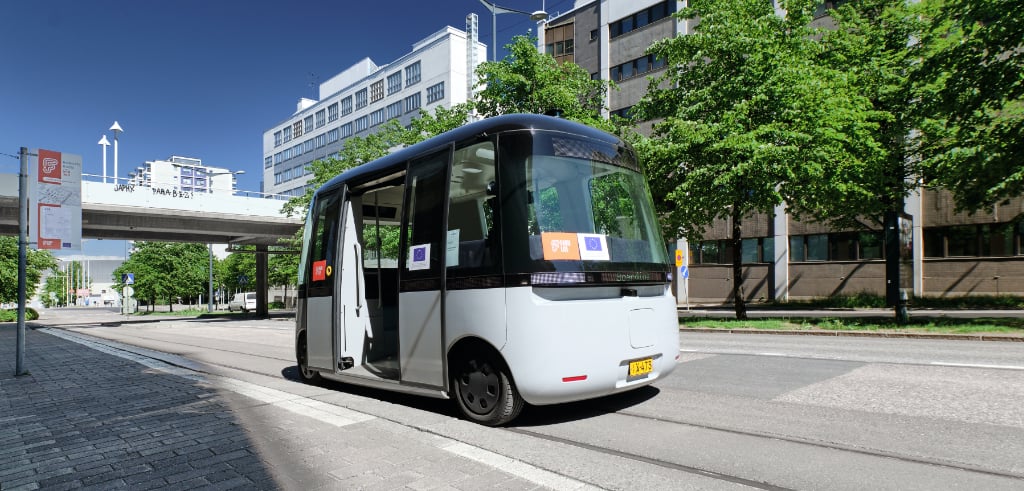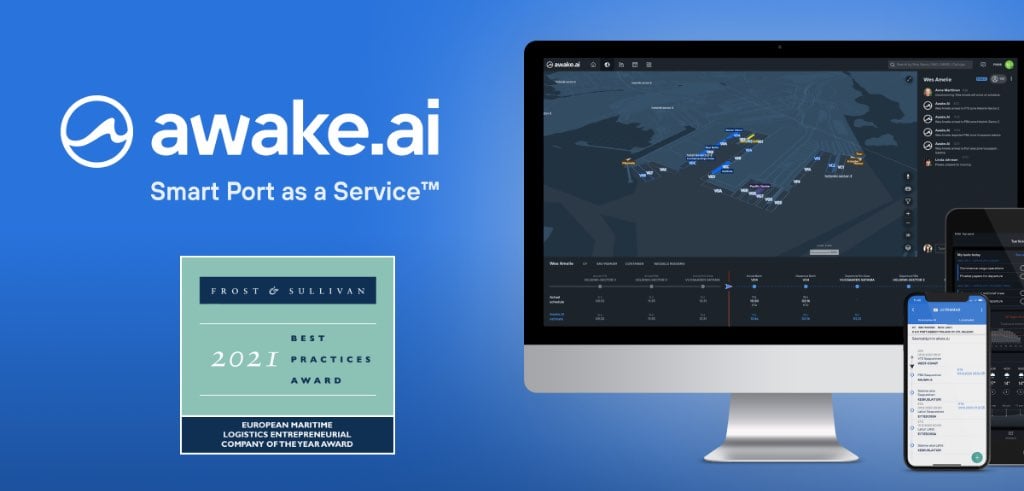Sustainable infrastructure maintenance is emerging as a key driver of corporate ESG performance. With AI-powered maintenance solutions from ScanwAi, organisations can transform maintenance from a cost burden into a measurable sustainability advantage.
Why is sustainable infrastructure maintenance critical for achieving corporate ESG goals?
Sustainable infrastructure maintenance directly supports corporate ESG goals by reducing environmental impact, extending asset lifespans, and optimising resource allocation. Companies that adopt predictive maintenance strategies can cut CO₂ emissions whilst demonstrating measurable environmental responsibility. This approach transforms infrastructure upkeep from a cost centre into a strategic ESG advantage that stakeholders increasingly demand.
What exactly counts as sustainable infrastructure maintenance for ESG reporting?
Sustainable infrastructure maintenance encompasses predictive and preventive maintenance strategies that minimise environmental impact whilst extending asset lifespans. For ESG reporting purposes, this includes practices that reduce resource consumption, lower emissions, and improve safety outcomes through data-driven decision making. Environmental criteria focus on maintenance approaches that decrease material waste and energy consumption. Preventive maintenance reduces the need for complete infrastructure reconstruction, which significantly cuts carbon emissions associated with manufacturing and transportation of new materials. Digital monitoring systems that identify issues early help organisations avoid resource-intensive emergency repairs. Social governance aspects include improved public safety through better road conditions and reduced traffic disruptions. When maintenance teams can predict and address infrastructure problems proactively, they create safer environments for communities whilst minimising the social impact of repair work. Governance components involve transparent reporting of maintenance activities and their environmental outcomes. Companies can demonstrate accountability by tracking metrics such as material usage reduction, emission decreases, and infrastructure lifespan extensions through their maintenance programmes.
How does proactive infrastructure maintenance reduce environmental impact?
Proactive maintenance strategies reduce environmental impact by preventing major infrastructure failures that require resource-intensive reconstruction projects. Predictive maintenance can reduce CO₂ emissions by extending infrastructure lifespans and optimising repair scheduling to minimise material waste and transportation needs. Early detection of surface damage like cracks and potholes allows for targeted repairs using fewer materials. Small interventions prevent minor issues from developing into major problems that would require complete road reconstruction. This approach dramatically reduces the carbon footprint associated with manufacturing and transporting large quantities of construction materials. Optimised repair scheduling consolidates maintenance activities, reducing the number of vehicle trips required for infrastructure upkeep. When maintenance teams can plan repairs based on predictive data rather than reactive responses, they minimise fuel consumption and equipment usage across their operations. Extended infrastructure lifespan represents perhaps the most significant environmental benefit. Roads and public assets that receive proactive maintenance can last significantly longer than those maintained reactively, reducing the frequency of major reconstruction projects and their associated environmental costs.
What are the measurable ESG benefits of AI-powered infrastructure monitoring?
AI-powered infrastructure monitoring delivers measurable ESG benefits through improved operational efficiency and reduced environmental waste. Digital monitoring systems record video of captured footage, analyse frames to detect defects, and automatically tag observations with GPS coordinates and timestamps for precise tracking and analysis. Environmental benefits include quantifiable reductions in material consumption and emissions. The system helps organisations reduce maintenance costs by identifying issues before they require extensive repairs, leading to measurable decreases in resource usage and waste generation. Social impact improvements come through enhanced safety outcomes and reduced traffic disruptions. When infrastructure problems are identified and addressed early, communities experience fewer road-related accidents and less congestion from emergency repair work. Governance advantages include comprehensive data collection and transparent reporting capabilities. All findings are visualised on interactive map dashboards, providing clear documentation of infrastructure conditions and maintenance activities for ESG compliance reporting. The data-driven approach enables organisations to demonstrate continuous improvement in their sustainability practices. Historical and real-time data analysis supports evidence-based decision making that stakeholders can verify and trust.
Why do companies struggle to integrate infrastructure maintenance into ESG strategies?
Companies struggle with infrastructure maintenance integration into ESG strategies primarily due to measurement difficulties and unclear connections between maintenance activities and environmental outcomes. Many organisations lack the systems needed to track and quantify the sustainability impact of their maintenance practices. Cost concerns often prevent companies from investing in advanced monitoring technologies. Traditional maintenance approaches appear less expensive upfront, making it challenging to justify investments in predictive systems despite their long-term environmental and financial benefits. Implementation complexity creates additional barriers. Companies may understand the theoretical benefits of sustainable maintenance but lack the technical expertise or infrastructure needed to deploy AI-powered monitoring solutions effectively. Reporting challenges compound these issues. Without proper data collection systems, organisations cannot demonstrate the environmental impact of their maintenance practices to stakeholders or include meaningful infrastructure metrics in their ESG reports. Cultural resistance within organisations can slow adoption of new maintenance approaches. Teams accustomed to reactive maintenance may resist transitioning to predictive strategies, particularly when the environmental benefits are not immediately visible or well understood.
How can organisations measure the ESG impact of their maintenance practices?
Organisations can measure ESG impact through comprehensive tracking of environmental and operational metrics including material usage reduction, emission decreases, infrastructure lifespan extensions, and safety improvements. Effective measurement requires systematic data collection and analysis of maintenance activities and their outcomes. Environmental metrics should focus on quantifiable reductions in resource consumption and emissions. Track material usage for repairs, fuel consumption for maintenance activities, and waste generation from infrastructure work. Compare these metrics before and after implementing sustainable maintenance practices. Social impact measurement includes safety improvements and community disruption reduction. Monitor accident rates on maintained infrastructure, traffic disruption duration during repair work, and community satisfaction with infrastructure conditions. Governance measurement involves documenting maintenance decision-making processes and their transparency. Track the percentage of maintenance decisions based on data rather than reactive responses, and measure the accuracy of predictive maintenance forecasting. Implementation requires establishing baseline measurements before adopting new maintenance approaches. Regular monitoring and reporting ensure continuous improvement and provide the data needed for comprehensive ESG compliance reporting that stakeholders can verify and trust. Sustainable infrastructure maintenance represents a significant opportunity for organisations to advance their ESG goals whilst improving operational efficiency. By adopting predictive maintenance strategies and comprehensive measurement frameworks, companies can demonstrate meaningful environmental responsibility. At ScanwAi, we help organisations transform their infrastructure maintenance approach through AI-powered monitoring that delivers measurable ESG benefits whilst reducing costs and extending asset lifespans.
Juha Rytkönen
CEO
ScanwAi
—
Finland | Italy | United Arab Emirates
Lapinlahdenkatu 16, 00180 Helsinki, Finland
scanwai.com | juha.rytkonen@scanwai.com













